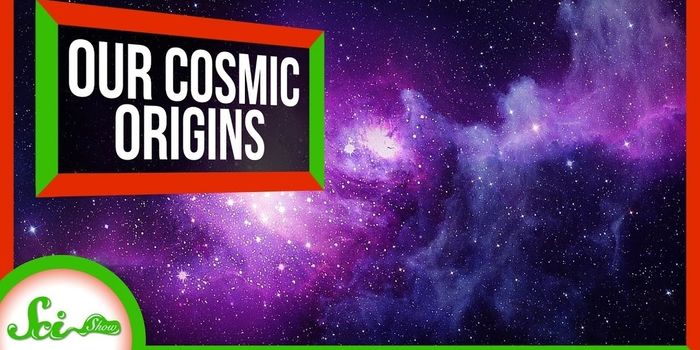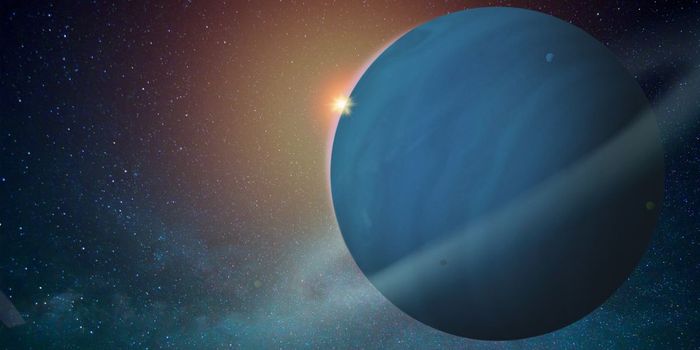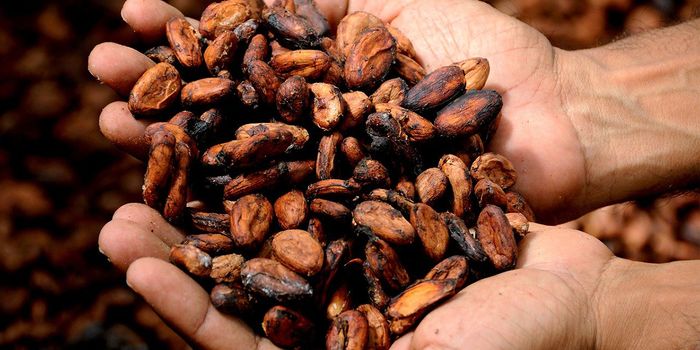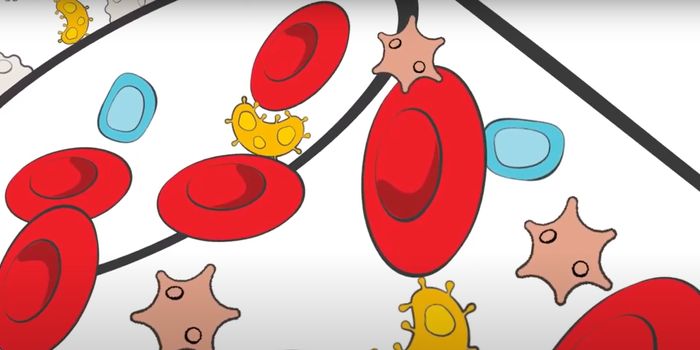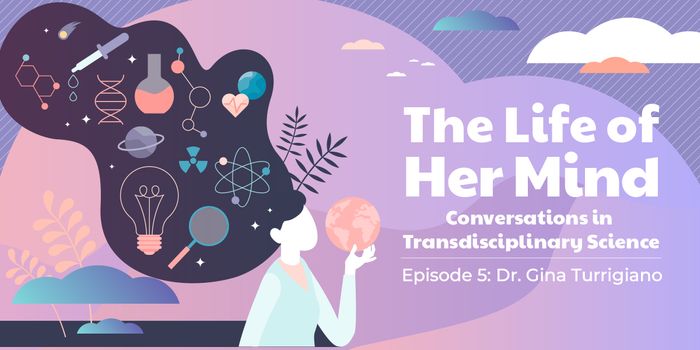Love is in the Air...and Your Brain
What's love got to do with it? Well, in the brain, that is a complex question. Yes, love is a difficult concept to define, regarding neuroscience, but there are some facts about love and the brain. This video talks about three kinds of love: Lust, romantic love and attachment. When you meet someone new and are attracted to them, sexually, lust is what you're feeling. The brain secretes hormones like estrogen and testosterone, and when this happens, other parts of the brain are less active, so that could account for the loss of logic some have when first meeting someone.
In romantic love, when you've met that special someone and start to think that they might be "the one," levels of cortisol go up. Cortisol levels, when elevated, account for that anxious feeling of butterflies when it's time for a date with the new main squeeze. When getting to know a new person, the lust fades and a stronger attraction forms due in part to neurotransmitters like dopamine, epinephrine, and serotonin. These activate pleasure sensors in the brain, some of which are also activated when drugs are used, so some refer to love as being "just like a drug." Finally, attachment is the kind of love we feel towards our friends, children and family members. It's not as potent in some ways as lust or romantic love, but it's what binds people together long-term since it activates brain chemicals like oxytocin, which give us a safe feeling. So there you have it, love it just a bunch of brain chemicals. Also, Happy Valentine's day! Have some chocolate, that's good for the brain too.

